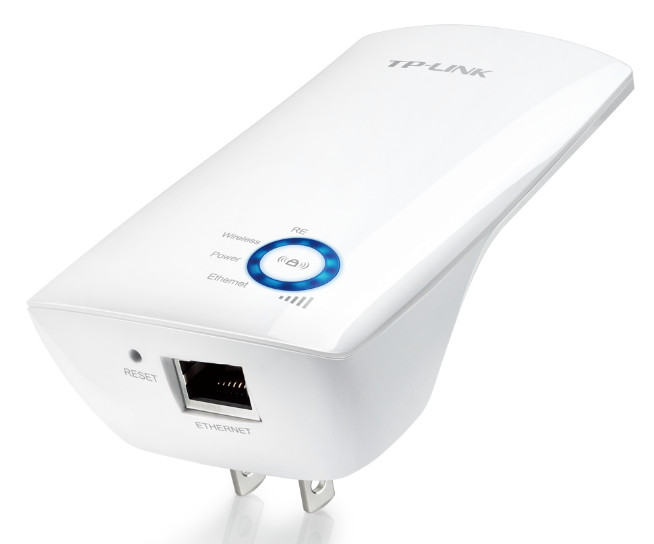-
-
products
-
resources
-
support
-
company
-
How to boost your wireless Internet signal
By Steve Horton May 23, 2014internet, router, wi-fi, wirelessNo CommentsYou know the situation. You’ve set up a Wi-Fi router (perhaps using the instructions in our preivous article) but the signal just won’t reach everwhere in your house. Perhaps you have a lot of connected devices — some homes can have 10 or more between phones, video game systems, PCs, Macs and even toys. Perhap you’re in an apartment complex and everyone else that has Wi-Fi is clogging up the 2.4Ghz band, the standard frequency for wireless Internet.
Here are some solutions for alleviating Wi-Fi range and strength issues and making sure you’re getting the full Internet you’re paying for, even if you’re nowhere near a hardline.
Buy a dual-band router
The first solution is to either add on a dual-band router into your existing Internet provider’s setup and use that wireless router instead of your ISP’s wireless solution. The guide I mentioned above covers these sorts of two-device setups.
Dual band means that the router broadcasts on both the typical 2.4Ghz frequency, and a 5Ghz frequency with a shorter range. If you’re in the same room or in an adjacent room to your router, the 5Ghz band will provide strong, steady, interference-free Internet. (This helps with the quality of your connection, but doesn’t do anything about boosting your range. More on that later.)
Also, sticking to a Wireless-N or the newer Wireless-AC router means that you’re taking advantage of the very latest technology for maximum speed and throughput. Keep in mind that very few devices support AC just yet, but it’s coming.
Increase the wireless strength in the router setup
The previous article we mentioned goes into Wi-Fi router setup — usually involving entering 192.168.1.1 in your browser. There’s almost always an option for boosting the wireless signal strength — it’s set to medium to save on energy, but if you’re not getting any kind of range, select the maximum level, save, and restart your router.
Hack an old router to act as a repeater
This step is a little more involved, but if you have another wireless router in the home that you’re not using — say, an old Wireless-G router in the garage that still works — it’s not that difficult to add custom firmware to the device that turns it into a repeater, a device that takes the existing wireless signal and gives it more range. You can also plug devices into this repeater and get the same speed without using the devices’ Wi-Fi at all.
Here’s a lengthy tutorial that goes into detail on adding custom firmware to an old router.
Buy a Wi-Fi range extender device
On Amazon or your favorite Fry’s or other electronics store, you can pick up an extender device for $25 to $90. These devices do a great job of amplifying your existing wireless signal throughout your home. If you’ve got multiple floors, thick walls or other obstructing devices, an extender might be just what you need. Setting one of these up is as easy as the router itself.

These extender devices can plug right into your home outlet.Make a Wi-Fi range extender from things in your home
Of course, you can also life-hack and extend the wireless signal in your home by making an antenna booster out of household items. This PCMag Youtube tutorial shows you how to do so with some aluminum foil and a print-out template. You can also do this with a Pringles can.
Regardless of the approach you take, you should enjoy a stronger and faster wireless signal. You’re paying for Internet; why not get the maximum benefit from it?
Was this post helpful?YesNoHaving Problems With Your Mac?
Take a FREE scan to find out how you can clean up and revive your Mac.
download now
Didn't find your answer?Ask a question to our community of experts from around the world and receive an answer in no time at all.most relevant recent articles Pin It on Pinterest